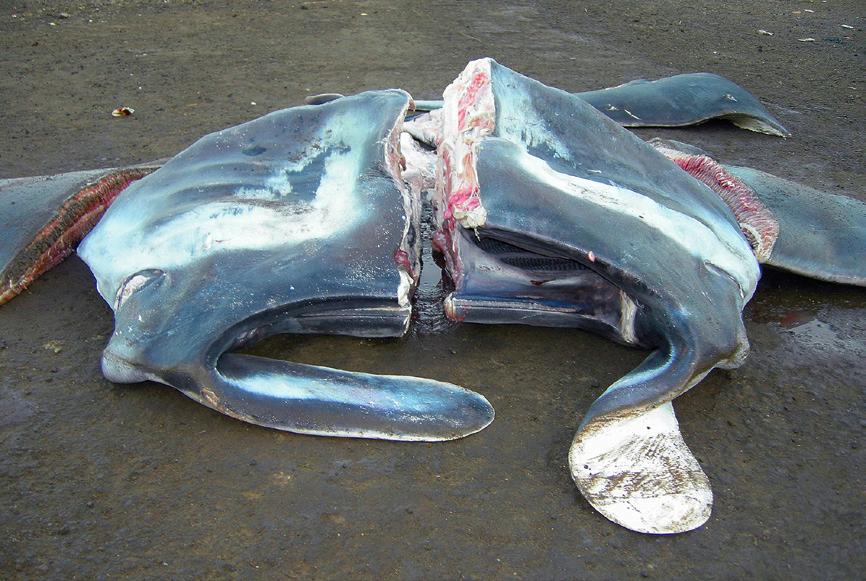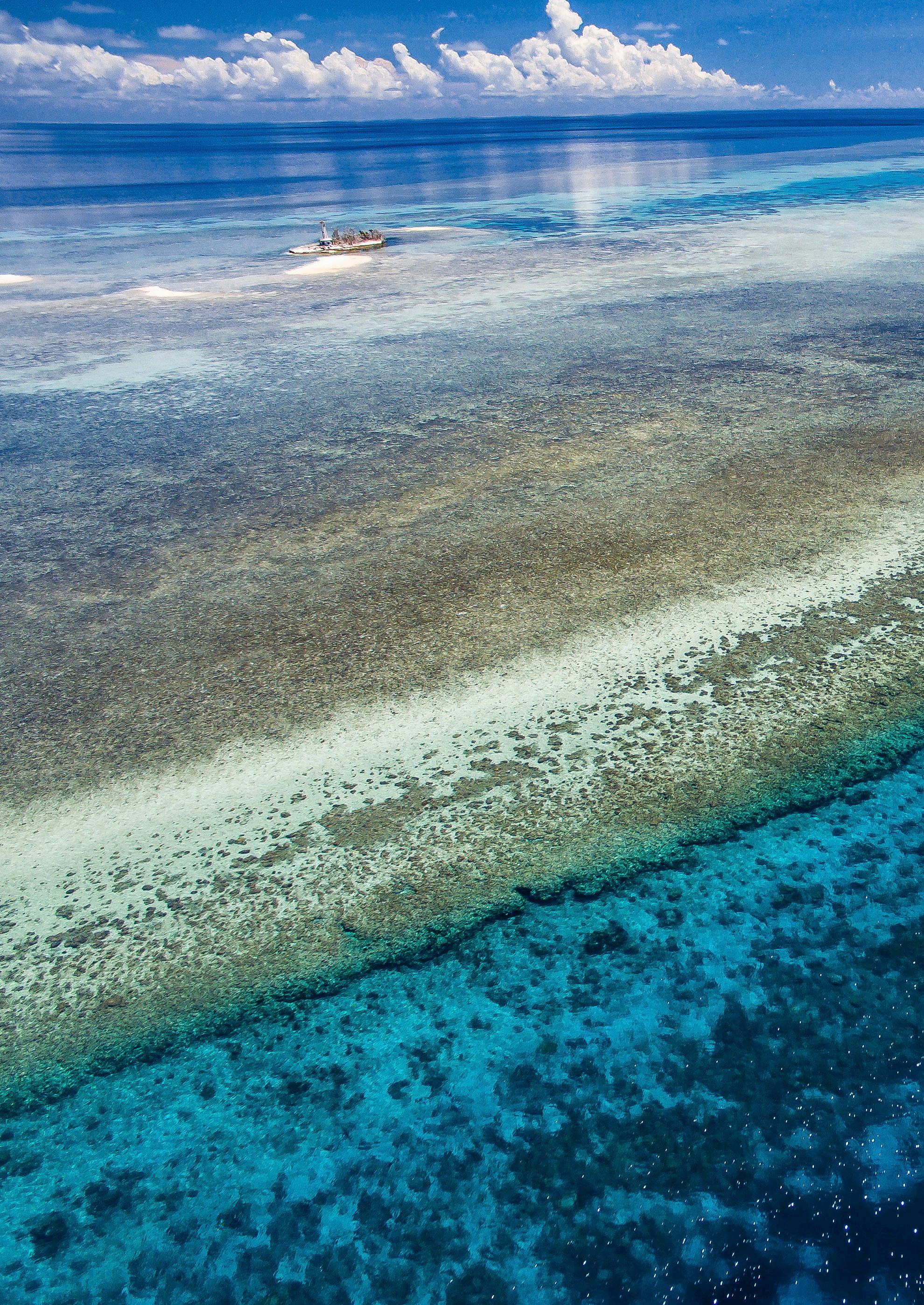FEATURE CREATURE
FEATURE( CREATURE) SANDBAR SHARK CARCHARHINUS PLUMBEUS FEATURE IUCN RED LIST 2009 PHOTOGRAPHY ANDY MURCH
RED LIST CATEGORY & CRITERIA: VULNERABLE Scientific Name: Carcharhinus plumbeus Synonym(s): Carcharhinus japonicus (Temminck & Schlegel, 1850) Carcharhinus milberti (Müller & Henle, 1839) Carcharias ceruleus (DeKay, 1842) Carcharias milberti (Müller & Henle, 1839) Carcharias obtusirostris (Moreau, 1881) Carcharias stevensi (Ogilby, 1911) Carcharias japonicus (Temminck & Schlegel, 1850) Carcharias latistomus (Fang & Wang, 1932) Carcharinus latistomus (Fang & Wang, 1932) Eulamia milberti (Müller & Henle, 1839) Galeolamna dorsalis (Whitley, 1944) Galeolamna stevensi (Ogilby, 1911) Lamna caudata (DeKay, 1842) Squalus caecchia (Nardo, 1847) Squalus plumbeus (Nardo, 1827) Common Name: Sandbar Shark JUSTIFICATION This large coastal species is widespread in subtropical and warm temperate waters around the world. Tagging, age and growth studies show that Sandbar Sharks are longlived, with low fecundity and are consequently very vulnerable to over-fishing. This species is an important component of shark fisheries in most areas where it occurs and has been overfished in the northwest and western 22
DIVERS FOR THE ENVIRONMENT | MARCH 2021
central Atlantic and Mediterranean Sea. Population declines are suspected to have occurred off southern Brazil and in the northeast Pacific. Off Australia, biomass has also decreased to ~35% of pre-fishery levels as a result of fishing off Western Australia, although management is in place to prevent further declines there. In Hawaiian waters, the species is common and not fished. Given the high intrinsic vulnerability of this species to depletion, significant declines estimated and suspected in several areas of its range and inferred declines in highly fished areas from which data are not available, C. plumbeus is assessed as Vulnerable globally. MEDITERRANEAN Both coastal and pelagic waters of the Mediterranean Sea have been intensively exploited for many decades. Catches of this species have declined significantly along the Levantine coasts. Sandbar Sharks were previously regularly seen on fish markets of southern Sicily but have not been observed on the same markets in recent years. While the Gulf of Gabès, Tunisia, and an area off Turkey appear to be important nursery grounds for this species, recent records of the species in the Mediterranean outside these areas appear to be rare and there are no recent records of gravid females outside
these areas. Given that this region is subject to high levels of continuing fishing pressure, the high biological vulnerability of this species, evidence for declines in the Mediterranean and declines inferred from other areas where it is heavily fished, C. plumbeus is assessed as Endangered in the Mediterranean Sea, which unlike the US and Australian stocks is not subject to management. SOUTHWEST ATLANTIC This species is taken as both a target and bycatch of coastal and pelagic fisheries in this region. Off southern Brazil, intensive fishing by pair trawl, gillnet and beach seine on pupping and nursery grounds is thought to have caused excessively high juvenile mortality. Fishing with these gears has been intense in this species’ habitat during the last 20 years. Records of typical beach seine catches in the early 1980s indicate that 20 individuals could be taken in a single haul. Conversely, no catches of the species were observed during shore fishery monitoring in summer 2003, but neonates of C. plumbeus were common during monitoring of coastal fishing at depths of 1860 m between Tramandaí and Saint Simão in summer 2005. Adults of this species are also caught by domestic and international pelagic fisheries operating off the Atlantic coast of South America. This species is taken, along
















